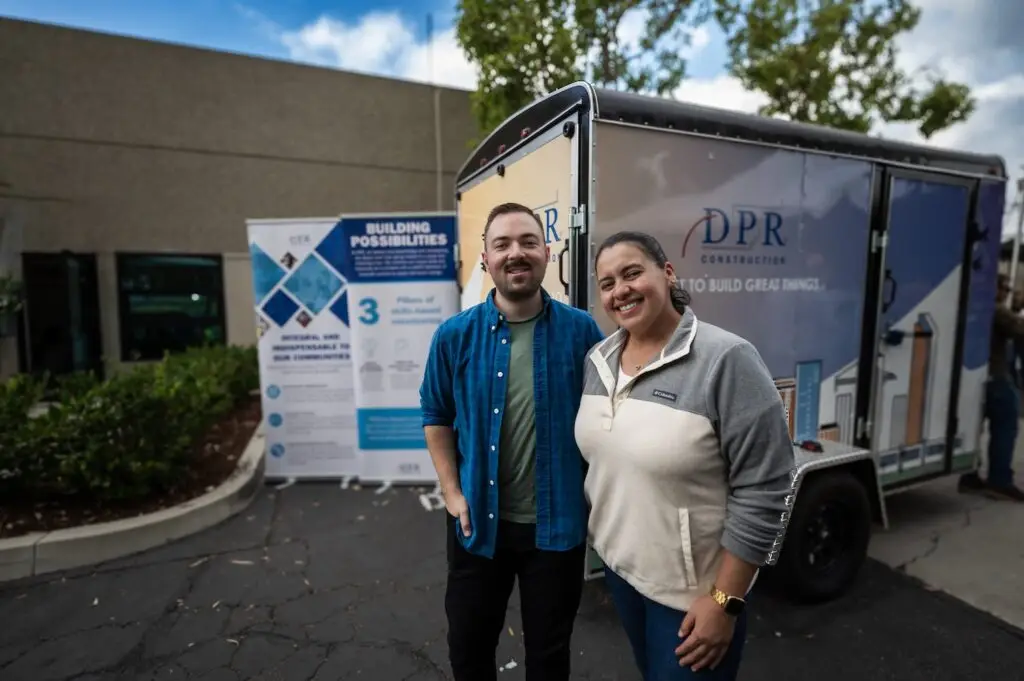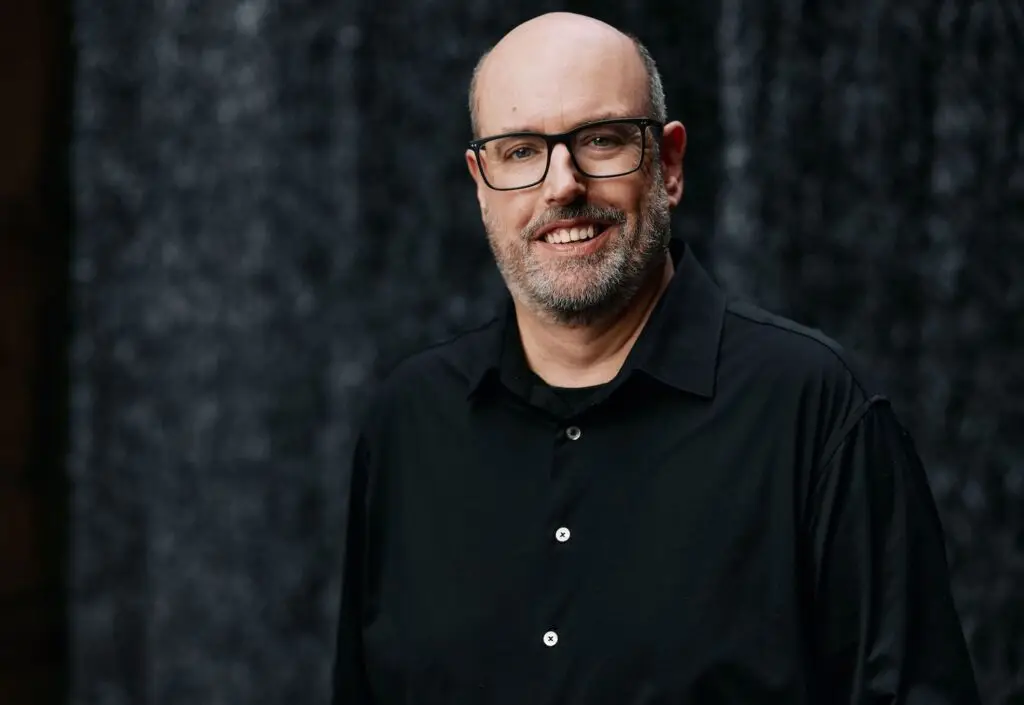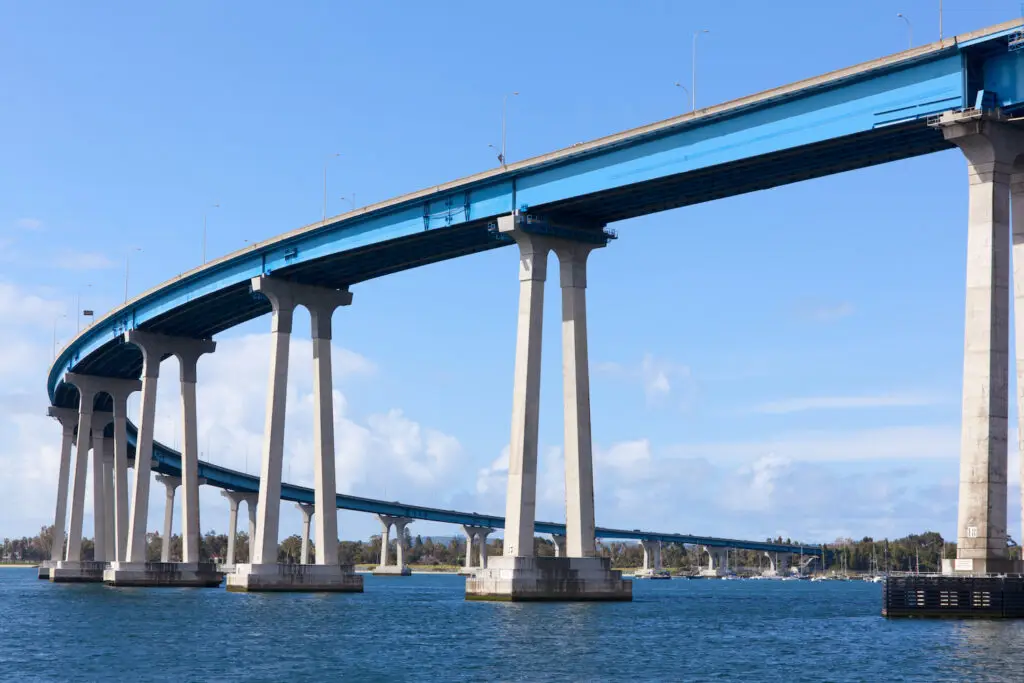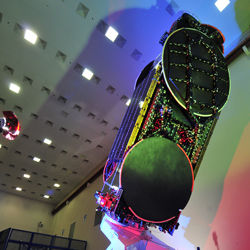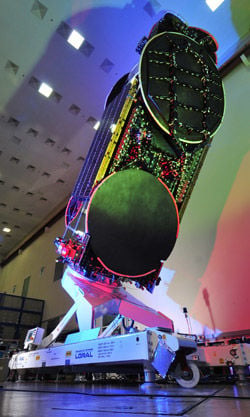
Satellite in Carlsbad
For Richard Baldridge, the memory of blasting the satellite ViaSat-1 into orbit conjures a white-knuckle ride. “It’s a little nerve-racking,” he says. “You spend years of hard work and development, and then, you turn it over to a launch crew.”
The date was October 19, 2011. The location was an old Soviet missile base in Kazakhstan. Using a Moscow-built Proton rocket, the launch crew propelled the satellite into outer space.
The idea was for ViaSat technology to make a satellite-based broadband service that would be competitive with DSL, wireless, and cable. “In the past, people have viewed satellite service as bad,” Baldridge says. Why? Because it tended to be slow.
But that’s about to change: ViaSat-1 has essentially put 10 times the previous capacity on a satellite, for not much more cost to the consumer. More capacity means more speed (in this case, a quantum leap upwards, from 1.5 Mbps to 12 Mbps per subscriber), meaning that the Internet-deprived in even the most rural parts of the country can now download their Netflix on demand at high speed.
ViaSat-1 has more capacity than all the other communications satellites covering North America combined. In March, Guinness World Records bestowed on ViaSat-1 the title for the highest-capacity communications satellite in the world.
“Things didn’t exist that we had to develop in order to make this a reality,” says Baldridge, president of Carlsbad-based ViaSat, the company responsible for the design of ViaSat-1. He says he first heard rumblings about developing such a high-performance satellite about a year before he joined the company in 1999. “We looked at the problem differently,” he says. “We wanted to generate as much capacity as possible. Other satellite developers wanted to achieve greater reach.”
It was a daunting and risky goal.
“The insurance policy on the satellite alone was $40 million,” he says. The total price tag for the launch was less than $80 million.
So will consumers catch on and start subscribing? Yes, says Michael Crawford, a Los Angeles-based analyst with the investment bank B. Riley and Co. Although the bulk of ViaSat’s business comes from the Department of Defense, Crawford says the odds are high for the consumer arm of the company to exceed expectations. ViaSat-1 powers Exede Internet service. “Already, the company is generating a third of their revenue from consumer business, and they are just getting started. There’s huge demand for bandwidth,” he says. “And ViaSat has the lowest cost out there.”
In fact, Exede claims that approximately 40 percent of its new business in the past year has been from subscribers who made the switch from DSL or cable. In February, Exede became the first satellite provider ever to be included in the annual Federal Communications Commission study of broadband speeds, and it debuted in the top spot for exceeding advertised speeds.
ViaSat, the company, was officially launched in 1986 with startup capital of less than $25,000 in now-chairman and CEO Mark Dankberg’s spare bedroom. Co-founders Mark Miller and Steve Hart remain in key roles as chief technical officers. Prior to going public, ViaSat became known as a hot growth company by Inc. 500, Forbes, Businessweek, Space News, Defense News, and more.
Meanwhile, ViaSat-1’s shelf life in outer space is predicted at fewer than 20 years. “We need to get another satellite up,” Baldridge says, “and then another one, and so on.”
According to Baldridge, ViaSat is still a few years off from launching a new communications device. “We are in final negotiations with two potential vendors to build another satellite with even more capacity.” He says it generally takes about three years from order to delivery of a satellite.
PARTNER CONTENT
Looking back on the company’s technological advances, he adds, “When we started this project, people told us it couldn’t be done. Well, we’ve done it.”



